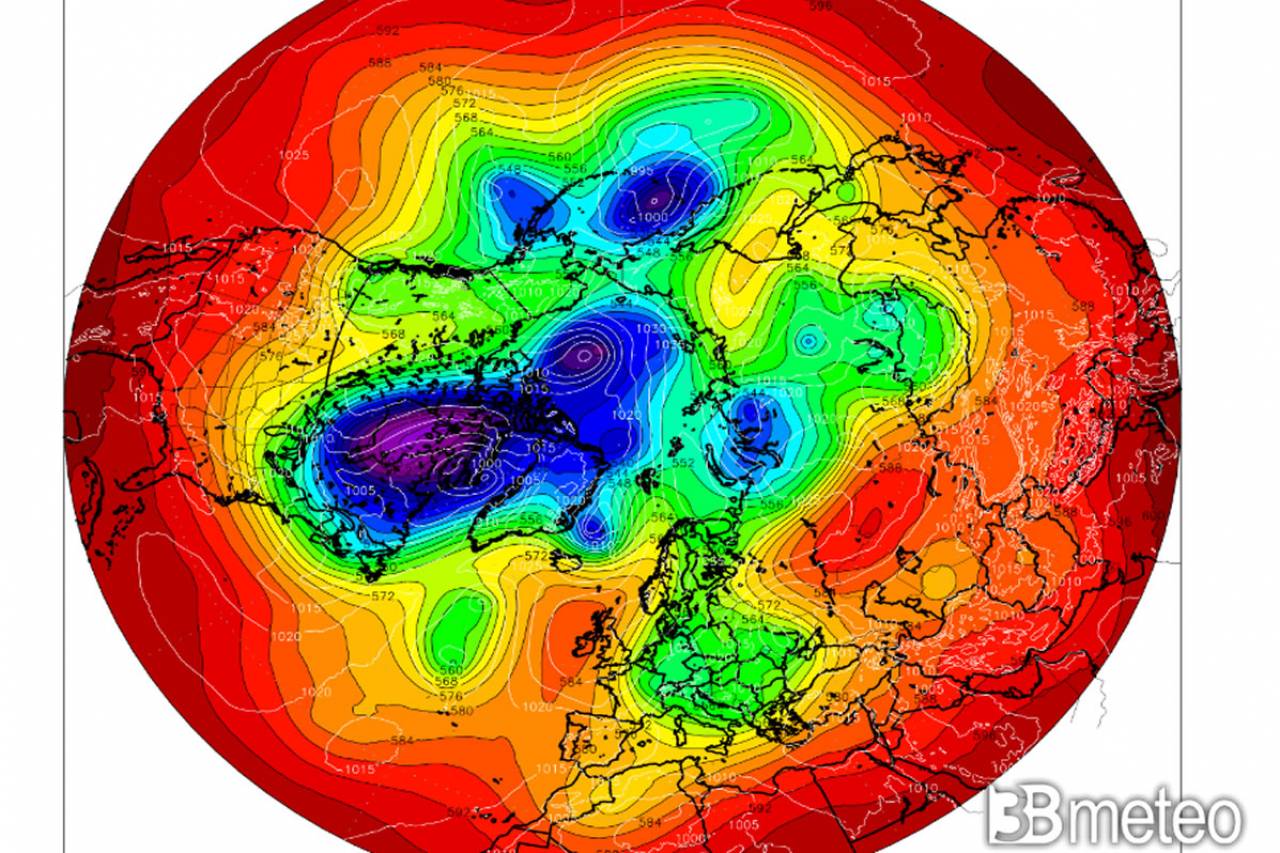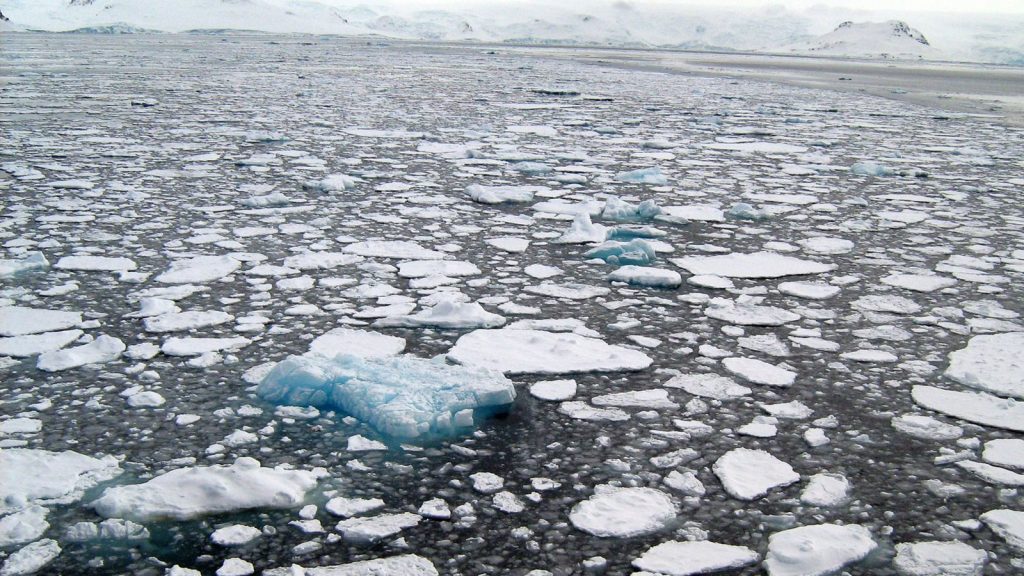L ‘North Pole It’s getting hot and soon there may be no ice. It is the alarming scenario described and received by scientists guardian: The warming affecting the region is increasing at a rate of seven times faster than the global average. Proof of this is the northern region of the Barents Sea, that strip of the Arctic Ocean that stretches north of Russia and Norway: this is where experts identify warning signs of what could happen in North America, Asia and even Europe. It seems that, Every 10 years, the temperature in this part of the sea rises by 2.7 ° C, a peak of 4 degrees in the fall months. The data that led researchers from the Norwegian Meteorological Institute to predict the risks of “extreme weather conditions in North America, Asia and Europe”.
The ice is disappearing
It was already known that the climate crisis threatens the very survival of the Arctic, but the latest findings of experts show how dire the situation is in certain regions. as a result ofa plus unstoppable temperatures, The ice is disappearing all over the place, and it can no longer do its ‘dilute’ work against the atmosphere: The more ice melts, the higher the seawater temperature and with it the air. He admits: “We expected a strong warm-up, but not at this level” Ketel Isaacson, a researcher from the Norwegian Meteorological Institute who coordinated the field work. “We were all surprised. As far as we know, these are the highest levels of warming observed so far from any point on Earth ».
Study of the Norwegian Meteorological Institute
Isaacsen and his team compared temperatures in the northern Barents Sea region over the past 40 years, from 1981 to 2020. They found “an extraordinary rate of warming in the region, equivalent to 2.5 times the average Arctic and five to 7 times the average planet. It’s a warning of what’s going to happen not only in the rest of the region,” but also outside glacial ecosystems: “Here in Oslo the temperature is rising by as much as 0.4 degrees every 10 years. In winter, people see the weather as less favorable for snow.”
Barents Sea as a thermometer for lower latitudes, So. According to Iaksen, there is evidence that the rate of warming in the Arctic is altering the winds surrounding the region, causing extreme weather conditions. “If this scenario is real – he comments Michael Mann From Penn State University – we are facing another way in which climate change risks causing uncontrollable weather events that current models struggle to predict.”
Read also:

“Coffee fan. Tv specialist. Social media aficionado. Zombie geek. Evil analyst. Web expert.”







More Stories
“He's my uncle, he has to sign a loan.”
Here's Israel's plan to strike Iran (and the risks)
How to protect tomatoes with four natural solutions: Amazing results for an abundant harvest!